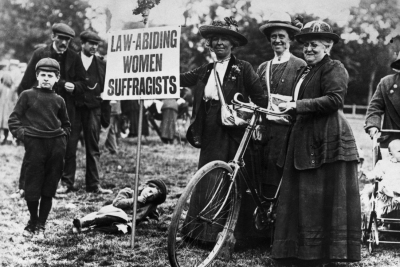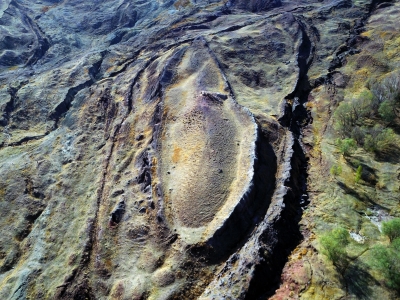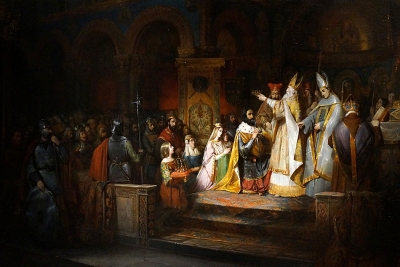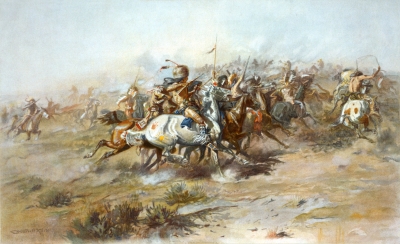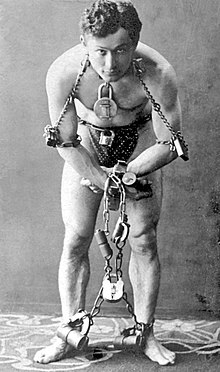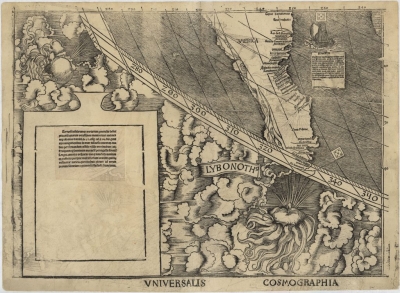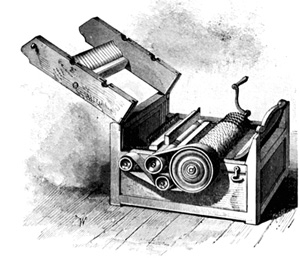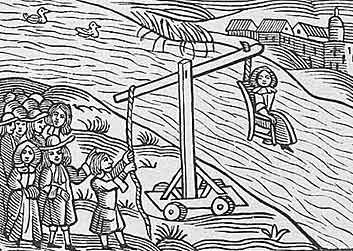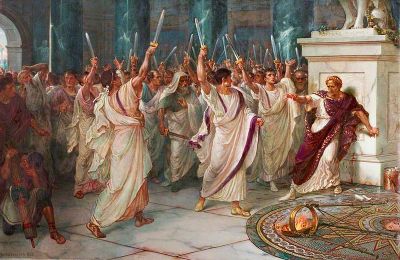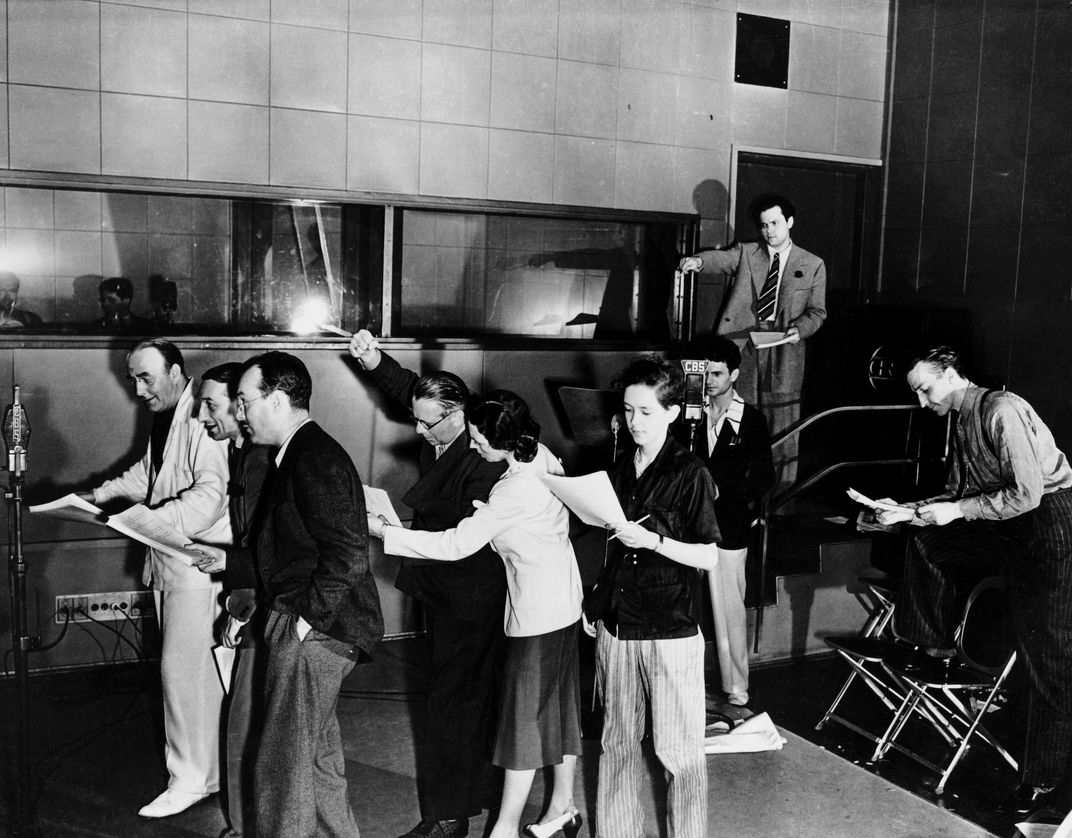
Sometimes, unusual things happen and remain etched in history for generations to wonder about. We are going to look at a few such events that are so unbelievable that they are worth remembering.
The height of irony
A fire that started in the U.S. Patent Office in the 19th century destroyed many patents, but one destroyed patent stands out. Ironically, the patent for a fire hydrant was among the patents that were destroyed in the fire. Imagine the feelings of the owner of the patent upon hearing the news!
A bad hare day!
“Napoleon and the attack of the bunnies”! Sounds like a picture book title, doesn’t it? But this really happened. Napoleon Bonaparte, the mighty French emperor, faced and defeated many an army, but he didn’t quite know how to deal with bunnies. After Napoleon signed a treaty marking the end of the war with Russia, they decided to celebrate in style by hunting rabbits. Except, the person assigned to round up rabbits for the hunt released nearly 3,000 tame ones. Instead of running away in fear, they began to hop about relentlessly around the men, literally driving them away.
The mega-successful spoof
We all get into the mood to pull a prank on unaware folks, and being the editor of Rolling Stone magazine and being solely responsible for the content that goes into the magazine gives you that extra prank power! Thus The Masked Marauders were created. The editor mentioned that the band was formed by Bob Dylan, Mick Jagger plus three members from the Beatles. Needless to say, this created a lot of attention and interest in the album. Thinking quickly, the magazine hired an unknown band to create the tracks. Believe it or not, 100,000 copies were sold!
Dreadful prank on the Dreadnought
In 1910, the crew aboard the English warship HMS Dreadnought received a telegram informing them about a visit from the Emperor of Abyssinia. Not wanting to offend the king, the crew did everything they could to throw a grand red-carpet welcome. This would have been appreciated if it had really been the emperor. Turns out it was a prank played by author Virginia Woolf and a few other pranksters who’d disguised themselves cleverly.
The aliens have landed
In 1938, author H.G. Wells’ famous novel War of the Worlds was broadcast as a Halloween special radio programme. But people mistook it as real news about an alien invasion! And worst of all, there was no Facebook or Twitter where you could check with others whether it was true. Remarkably, it spread from person to person simply through word of mouth, until there was widespread panic and confusion.
A flood like no other
People are used to dealing with water, but what if there’s a flood of… something else? In 1919, in Boston, a tank contain millions of gallons of molasses somehow burst open during an unusual heat wave, releasing the molasses into the streets. Rightly termed the Great Molasses Flood, the sticky mess haunted the residents long after it was cleared up. During the rest summer, residents said they continued to smell molasses on really hot days.
Picture Credit : Google

